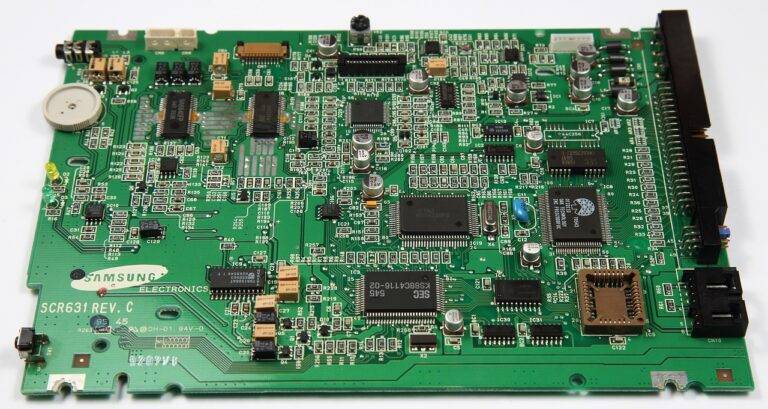The Evolution of Smart Grids: Renewable Energy Integration
Smart grids have evolved significantly from traditional power distribution systems. In the past, power grids operated on a one-way flow of electricity from centralized power plants to consumers. However, with the advancement of technology and the increasing integration of renewable energy sources, the concept of smart grids emerged to modernize and optimize power distribution networks.
The evolution of smart grids is characterized by the integration of digital communication technologies and automation systems. These advancements allow for real-time monitoring, control, and coordination of electricity supply and demand. Smart grids enable better management of the power flow, voltage levels, and grid stability, leading to increased reliability and efficiency in the electricity grid.
Benefits of Renewable Energy Integration
Renewable energy integration offers numerous advantages for modern energy systems. Firstly, it promotes environmental sustainability by reducing greenhouse gas emissions and dependence on fossil fuels. This shift towards cleaner sources of energy helps mitigate climate change and improve overall air quality. Additionally, incorporating renewable energy sources into the grid enhances energy security and reduces the risk of disruptions in supply.
Moreover, the integration of renewable energy leads to economic benefits by creating new job opportunities in the renewable energy sector. As the industry grows, more investments are made in research and development, driving innovation and technological advancements. This transition towards renewable sources also helps diversify the energy mix, leading to a more stable and resilient energy infrastructure in the face of changing global energy needs.
Challenges Faced in Integrating Renewable Energy
Intermittency is a significant challenge when it comes to integrating renewable energy sources into the grid. Unlike traditional power plants, which can generate electricity consistently, sources like solar and wind are reliant on weather conditions. This variability in generation can create instability in the grid, requiring complex balancing measures to ensure a steady supply of electricity.
Another challenge is the need for updated infrastructure to support the integration of renewable energy into the grid. The current grid system was designed primarily for centralized, fossil fuel-based power generation. As we transition to a more decentralized and renewable-focused system, upgrades to the grid infrastructure are necessary to accommodate the increased complexity of managing and distributing power from diverse sources. Without these upgrades, the full potential of renewable energy integration may be limited.
What are some benefits of integrating renewable energy into the grid?
Some benefits include reducing greenhouse gas emissions, diversifying the energy mix, creating jobs in the renewable energy sector, and improving energy security.
What are some challenges faced in integrating renewable energy?
Challenges include variability and intermittency of renewable sources, grid infrastructure limitations, regulatory barriers, and high upfront costs of renewable energy technologies.
How have smart grids evolved to facilitate the integration of renewable energy?
Smart grids have evolved to incorporate advanced technologies such as energy storage, demand response, and real-time monitoring to better manage the fluctuations in renewable energy generation.
What role do government policies play in promoting renewable energy integration?
Government policies such as renewable energy targets, feed-in tariffs, tax incentives, and carbon pricing can incentivize the adoption of renewable energy and help overcome some of the challenges in integration.
How can stakeholders collaborate to overcome challenges in integrating renewable energy?
Stakeholders can collaborate by investing in grid modernization, supporting research and development of energy storage technologies, fostering public-private partnerships, and advocating for supportive policies at the local, national, and international levels.





